A couple of weeks ago, I thought I knew what HDR was. Boy, was I ever wrong. When I saw the detail, depth and color this technology brings to my own photos, HDR photography blew my mind.
High-dynamic range endows photos and videos with a broader tonal range so you can see details in both bright and shadowy areas. I understood that intellectually, but when Adobe shipped a new version of its Lightroom software that let me edit HDR photos on higher-end computers and phones, I actually saw them for the first time. A gulf separated what I thought HDR is and what it actually offers.
By clicking that «HDR» button in Lightroom, flat-toned highlight areas in my photos suddenly take on vibrant life. Bright yellow flames leap out of my screen. Washed-out skies turn a rich blue. Clouds show previously hidden billows and contours. New Mexico aspen leaves in the autumn explode with golden color. After the recent annular eclipse, I see sunspots and structural details on the sun’s face that I hadn’t realized my camera could even capture.
But there’s a dark side to HDR, so to speak, and it’s a doozy. Most people don’t have hardware or software capable of showing this glorious imagery. I can’t even publish a comparison photo at the top of this story to illustrate how marvelous HDR photos are.
Such is the way of technology. As sci-fi author William Gibson observed, the future is already here — it’s just not evenly distributed. I hope HDR spreads as rapidly as possible, because I love it.
Here’s a look at the glories and the complications of HDR photography and how it might start showing up in your own photography adventures.
What is HDR?
First, for those of you who may have heard the term but don’t know exactly what it is, HDR is a technology designed to capture high-contrast scenes and bring them to our eyeballs more convincingly.
Many scenes with only a modest span of bright and dark elements are no big deal for ordinary cameras and displays. But when you combine bright sunsets with dark foregrounds, or sunlit faces next to shadowed storefronts, technology often can’t match the full tonal range that your eyes see.
Cameras have improved, in particular with smartphones that composite many frames into a single shot to capture shadow details without blowing out blue skies into a wash of white. Now the challenge is to build an entire image-handling pipeline for editing, publishing and displaying HDR, not just the standard-dynamic range we’ve used for decades.
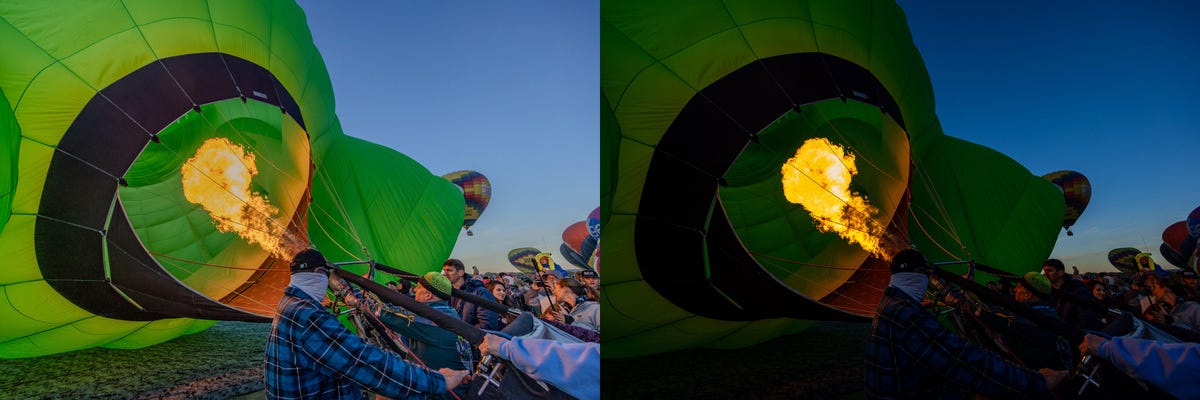
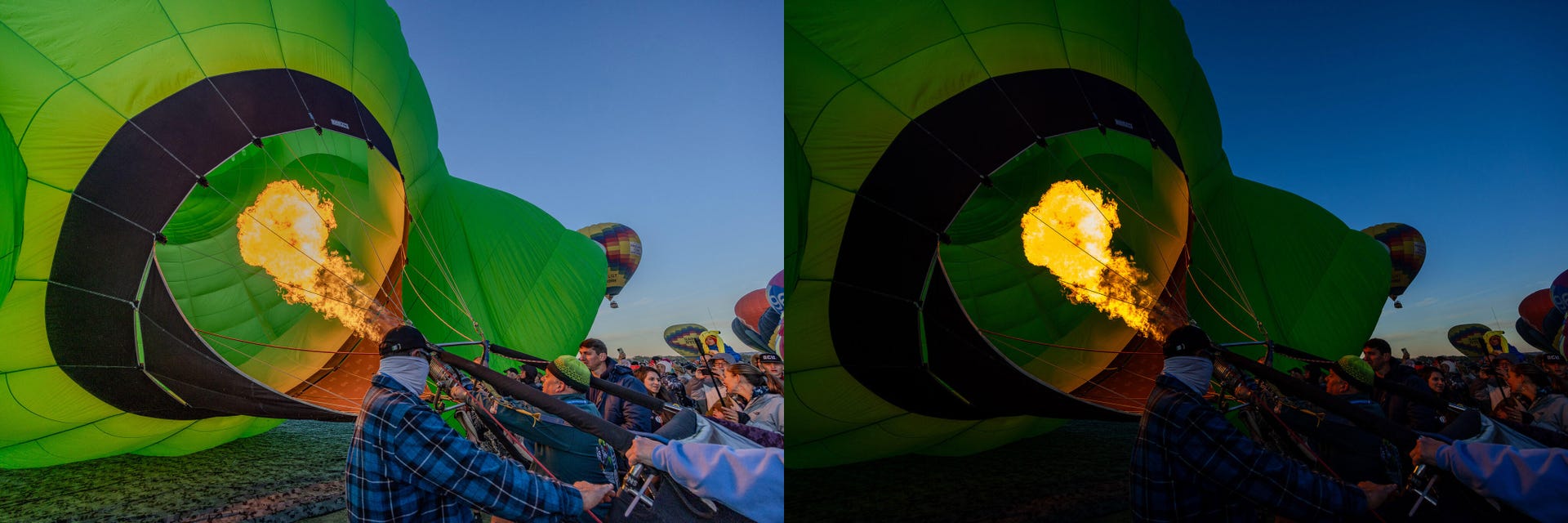
Translating a wide dynamic range into something narrower for display occurs through a process called tone mapping. Early days of HDR tone mapping experimentation produced some surreal, otherworldly and sometimes postapocalyptic photo styling, but that’s not what I’m talking about now.
Today’s HDR is all about showing a scene more as it truly was so you can see details in bright clouds at the same time there are textured leaves in the shadow. The bright parts are actually brighter than the regular full white of your display, like the blank areas around this article. Sometimes it reminds me of adding bright highlights in drawings.
Holy wow, these HDR images are amazing
When I say HDR blew my mind, I’m not exaggerating. I’ve looked at millions of photos, thousands of them up close and in great detail, whether my own or from photographers I respect on sites like Flickr and Instagram. I haven’t been this excited about a new photography technology in years.
As soon as I saw the blog post about HDR in Lightroom by Adobe engineer and photo guru Eric Chan, I tried it with my own photos. Over and over I’d open a photo in Lightroom’s develop module, click the HDR button, and marvel at the transformation as detail and color bloomed out of previously flat, washed-out bright areas.
And the information is there in thousands of photos I already took. That’s because I shoot raw — a photo format that can preserve more detail and offer more editing flexibility than «baked» formats like JPEG or HEIC. (JPEG and HEIC can accommodate HDR data, and indeed Apple HEIC and Google Pixel JPEG photos include it, but raw photos are more flexible.)
It’s hard to describe the improvements, and it’s really hard to show them visually since hardware and software support is spotty right now. For a good illustration of what’s possible I recommend photographer Greg Benz’s detailed HDR photo examination, helpfully packaged as an HDR YouTube video that bypasses some display compatibility problems, but you’ll have to watch on an HDR-compatible device like most reasonably good smartphones from recent years.
HDR doesn’t change or improve all photos. I’m not excited about the prospect of creating two versions of each of my photos, though Lightroom has a mechanism designed to ease that labor. There’s no question in my mind that the technology is an improvement, though, as over and over I saw photos take on more of the realism I remember.
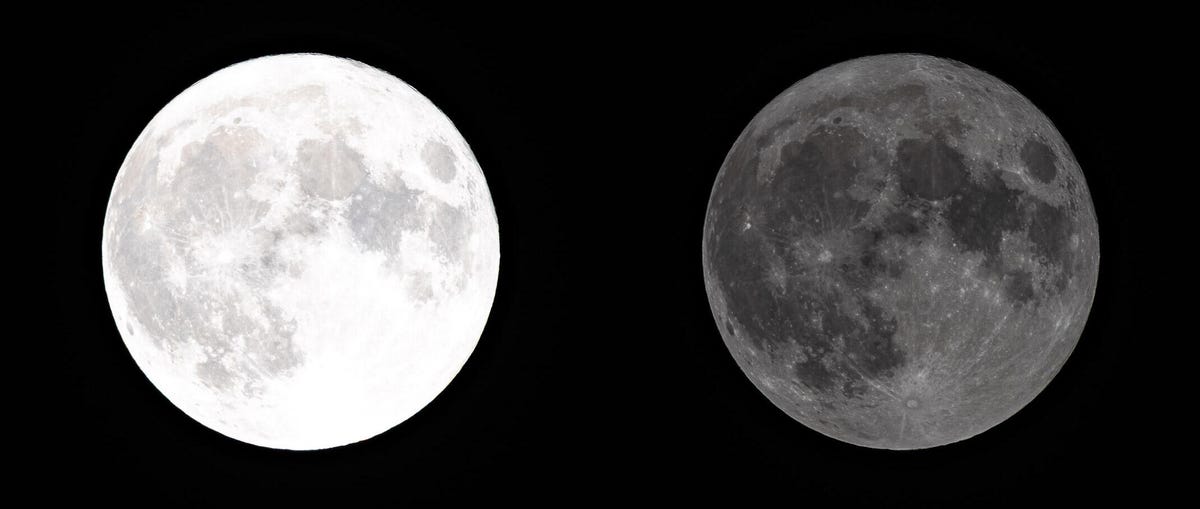
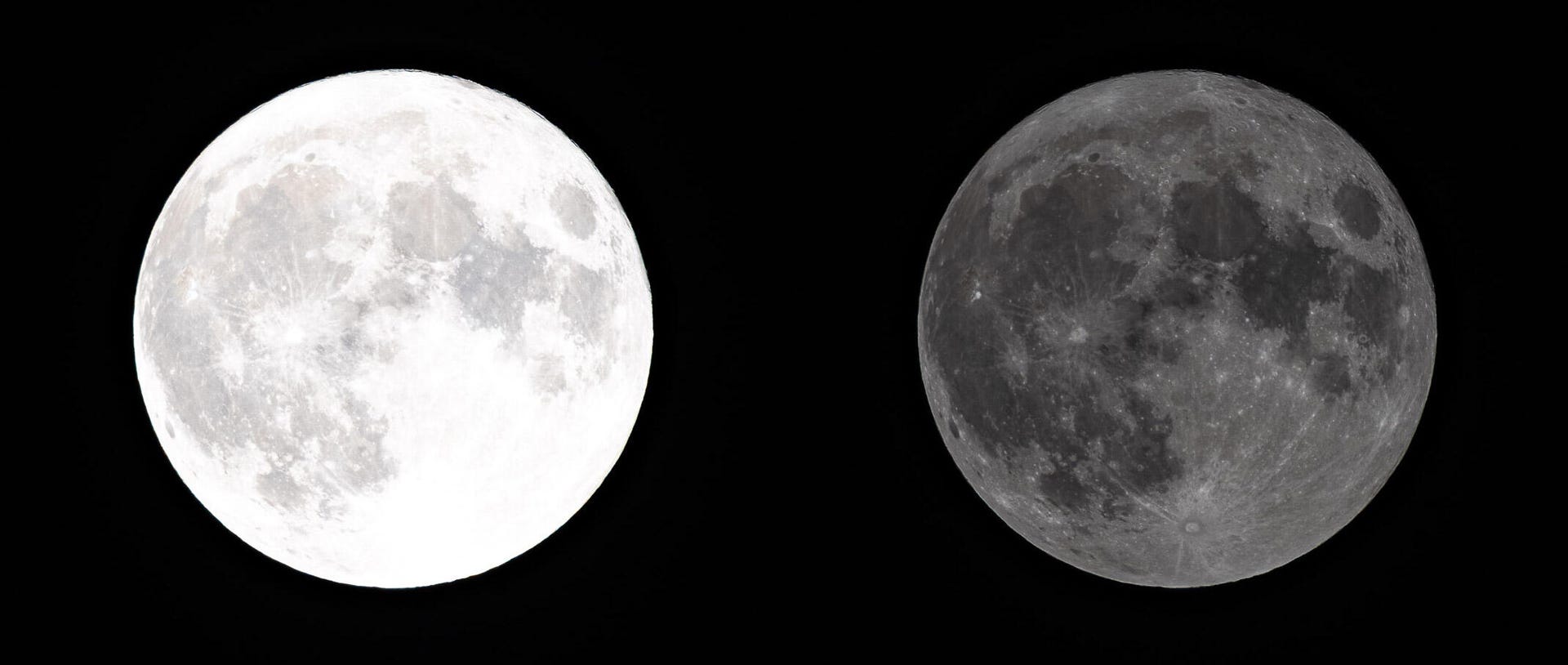
It’s already changed my photographic style, too, easing my aversion to some high-contrast scenes and backlighting that often have produced unsatisfying results.
Some examples of photo improvements
I spent a few hours digging through my archive, and scads of photos were dramatically improved:
- The burst of flame from a burner at the Albuquerque International Balloon Fiesta turned from washed-out white to vivid yellow, with the structure of the flames visible.
- The glittering lights of the store displays in Paris’ Galeries Lafayette sparkled into view, adding sprinkles of light that punctuated otherwise unremarkable bright areas.
- New patterns and tracks showed up in pictures with snow.
- In a photo of a misty sunrise, I was no longer forced to choose between the dark details of a shadowed field that filled most of the frame and the colorful sky behind the trees.
- With both bright skies and overcast weather, clouds became rich three-dimensional shapes instead of flat white blobs or gray smears.
- Neon lights, LEDs, Christmas tree lights and glowing nighttime Halloween decorations pop vividly.
- In the Sagrada Familia, a spectacular basilica in Barcelona, entirely new colors emerged from photos of the stained-glass windows. I hadn’t even realized there was any purple present!
That last case was particularly notable. Even when I created a regular SDR version, Lightroom produced better colors. That’s because the HDR editing pipeline brings a new recipe to how it handles the full gamut of color and brightness.
«Even for low- to moderate-contrast photos, you may see a significant visual benefit to editing in HDR,» Adobe told me.
HDR and the displays that can or can’t show it
But here’s the downside. I can’t just share these glorious new photos with you. Because you need not only new software to see HDR photos, but also higher-end hardware that can crank its pixels up to sufficient brightness.
MacBook Pro laptops from 2021 or later are good, but earlier ones and countless Windows laptops and external displays aren’t. Apple’s $4,999 Pro Display XDR can handle HDR photos.
«I have a Mac Studio monitor, but unfortunately, even though it cost an arm and a leg, it’s not an HDR monitor,» said pro photographer Jeremy Garretson, referring to the Apple Studio Display that costs $1,599 and up. «I’m a little annoyed.»
Though it’ll likely be years before a lot of mainstream computers can show HDR photos to full effect, the situation is improving. HDR-capable displays, which need to be able to show brighter pixels in some areas, are becoming more common.
Adobe expects HDR hardware will become as ubiquitous as now-commonplace HD TVs and the high-resolution screens on all flagship smartphones these days.
Supporting the high brightness — 1,000 nits or more — adds expense that might be too high for low-budget devices. «I think [HDR] will be limited to the high end and midrange for TVs and the high end for smartphones and IT products,» said Ross Young, a longtime display analyst at Display Supply Chain Consultants.
As a photographer, this matters a lot to me. I’m never buying another phone, TV or laptop or monitor that can’t handle HDR.
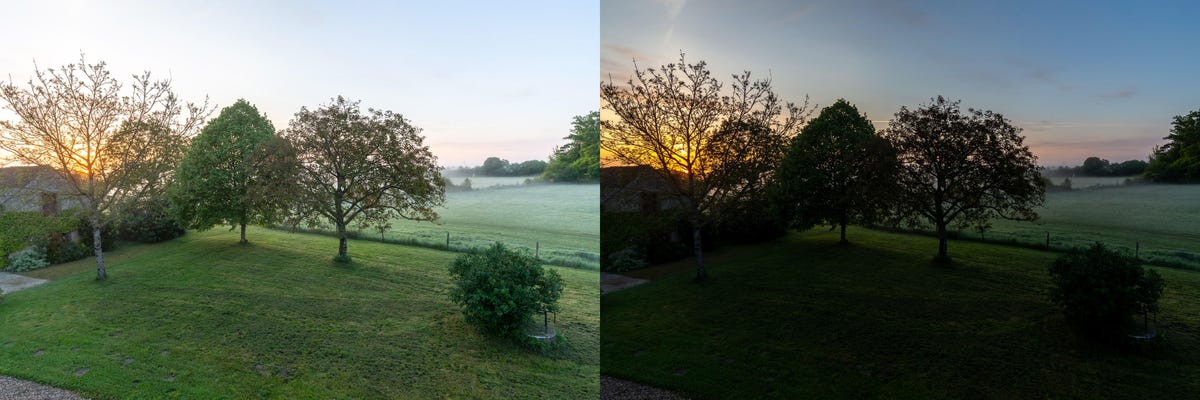
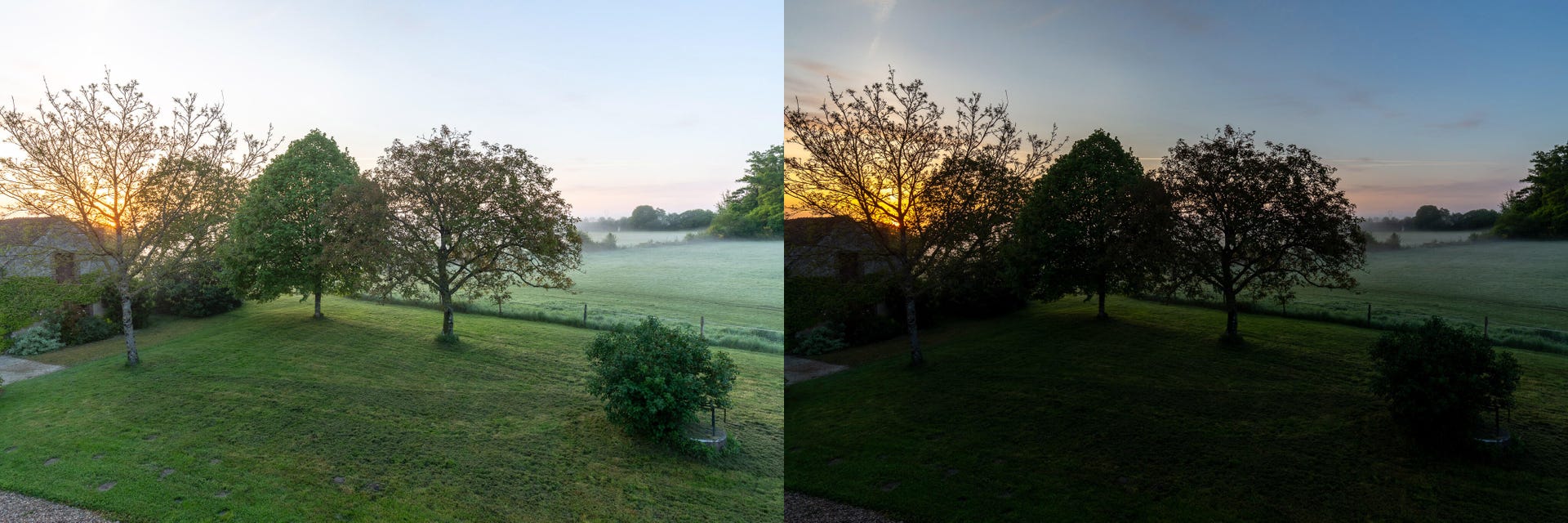
Software support for HDR
Software is gradually improving, too. Lightroom’s support is somewhat preliminary, with HDR imagery showing only while editing a photo and not when viewing your photo library, but Adobe said it’ll expand support.
Only Google Chrome and Chromium-based browsers like Microsoft Edge can show HDR photos on the web, so Firefox and Safari are SDR-only for now. Because Apple’s rules restrict browsers on iPads and iPhones to Apple’s web rendering technology, Chrome can’t display HDR photos on those devices despite newer models’ hardware capability to do so.
Just storing the photo file is tricky. There are file formats that can handle HDR imagery, like AVIF, JPEG XL and HEIC, but a tweak to good old JPEG is a likely starting point. That’s Google’s approach with a format it calls Ultra HDR, which adds HDR-specific metadata called a gain map to a traditional JPEG photo. Adobe developed gain map technology, Apple supports it, and companies are now working to standardize gain maps for HDR imagery through an industry standardization process.
Gain maps let older products show regular images and newer ones add the extra HDR spiciness.
«If we switch to AVIF today, you break thousands of applications, and then no one gets HDR,» said Isaac Reynolds, who leads camera development for Google. Ultra HDR is a good «on ramp» to HDR photography, a useful step for three or four years until more advanced formats catch on, he said.
The allure of HDR photography
HDR is a complicated transition, as the drawn-out adoption of HDR video in smartphones, TVs and streaming video services has shown. But I’m hopeful that support will arrive. The benefit is just too strong to ignore.
There are lots of improvements to digital photography, like mirrorless cameras with eye-tracking autofocus, image sensors with many megapixels and smartphones that approach the abilities of traditional cameras more closely every year.
I find HDR photography as exciting as any of those developments. I imagine other photographers will, too, and soon most if not all of us will be able to appreciate all the realism and spectacle of HDR.

